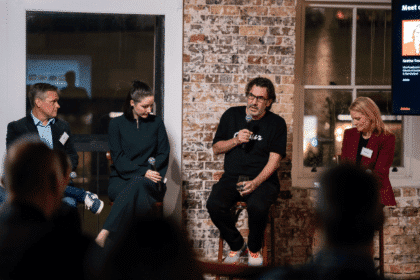It’s one thing to research or have an understanding of how satisfied customers are with their experience, but then how does that translate?
Being able to measure and use data effectively is something many marketers are still grappling with.
Tony Gruebner, head of customer intelligence at Sportsbet, explores the four ways big data has transformed Sportsbet’s customer experience strategy.
1. We know more about our customers
Data gives marketers a better way to understand their customers on a personal level. In the last few years, the range of different data sources now available to us due to the digitalisation of everything customers do with us, has grown quite substantially. So the range of different data sources that we have can tell us something different about the customer – and not just who they are or what they’re doing, but tell us why they’re actually doing it. That can provide us with a much better opportunity to get to know our customers and enhance customer experience.
2. We can predict what the customer is likely to do next
We place a large emphasis on predicting what the customer is likely to do next and by doing so, we can generally provide a much better customer experience in all the different ways the customer interacts with us. We’re only on the initial stages of the of the journey of doing this but some of the initial things we’ve done are around predicted algorithms and the ROI has been very positive.
3. We can personalise our communication
Personalisation is very important. As the amount of data about customers increases, communication with customers becomes more complex. Segmenting customers on a group basis goes out the window. You need to individualise the customer experience to reach specific customers rather than a group of customers. By doing so, you can improve that customer experience.
Being an online company, Sportsbet creates and sells visualised products. We’ve got a very wide range of information about our customers but so do our competitors. We’ve got a very high level of expectation to reach from our customers. We need to ensure that throughout the whole customer process that there are no breaks through the chain and that the customer is dealt with the same throughout their whole experience.
Each customer has different needs, so you need to personalise their experience to address this. If you can make the customer feel like they’re talking to you one-on-one rather than like they’re just receiving advice in a generic email or phone call, then I think you can increase customer engagement with your brand and then it constantly builds loyalty.
4. We can try to create an overall singular customer view
The main challenge we face is taking all the different data sources which each tell us something different about the customer and blending it into one customer view. There’s already a lot of different data sources we can use which tell us something different and more in-depth about the customer. But unless you can actually bring that all into the one platform or in one place, then it’s somewhat meaningless. There’s a variety of different technologies and platforms that we’re looking at for achieving this and we’ve had some success; but we’ve still got a fair way to go in creating that single customer view.
To learn more about the strategies needed to use data effectively to reach and engage customers, join some of Australia’s biggest brands at MAD Week 2014.
Check out what events are on offer across the week here or register now
For more information visit www.madweek.com.au








